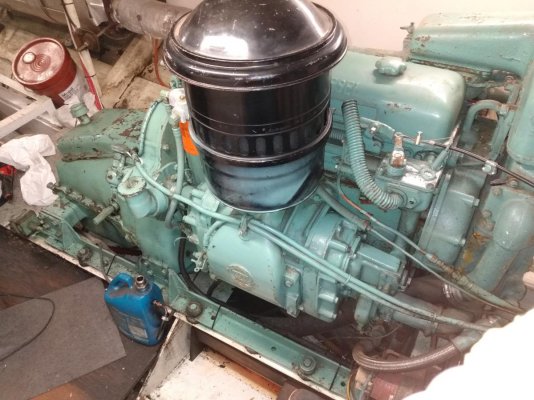Hi Trawler community - new here - just bought a Gladding Hearn Pilot steel hulled lets call it trawler  technically would say its a DownEaster but nice displacement none the less - single engined with an awesome DD 4-71N Twindisc combo.
technically would say its a DownEaster but nice displacement none the less - single engined with an awesome DD 4-71N Twindisc combo.
I try to get to know the systems and hands on spare parts - optimize what ever is possible for long range.
So here my question out to you:
the injector range that is compatible seems to go from 35 to 90 and I assume its the amount or a number correlating to that is injected into cylinder?
What are your experiences know how if I may tap into that?
Can efficiency be increased by putting smaller once in - is there associated risk to consider etc.
thank ya all in advance!!!!
I try to get to know the systems and hands on spare parts - optimize what ever is possible for long range.
So here my question out to you:
the injector range that is compatible seems to go from 35 to 90 and I assume its the amount or a number correlating to that is injected into cylinder?
What are your experiences know how if I may tap into that?
Can efficiency be increased by putting smaller once in - is there associated risk to consider etc.
thank ya all in advance!!!!

